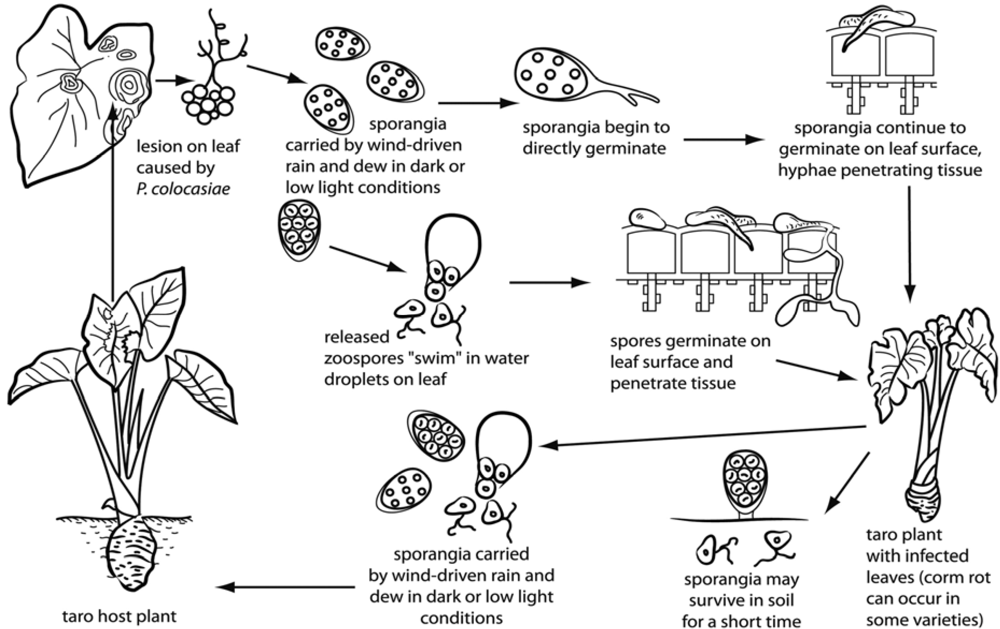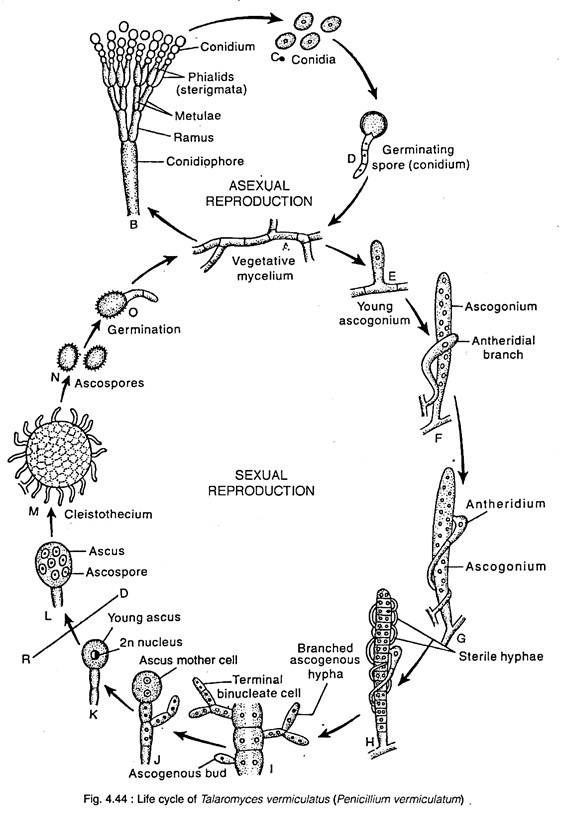Are you interested in finding 'phytophthora cactorum disease cycle on cacti biology essay'? You can find all of the material on this webpage.
Table of contents
- Phytophthora cactorum disease cycle on cacti biology essay in 2021
- Cactus characteristics of leaves
- Scientific name of cactus
- Cactus in desert
- Types of cactus with names
- Cactus lower classifications
- Cactus habitat
- Uses of cactus
Phytophthora cactorum disease cycle on cacti biology essay in 2021
 This image demonstrates phytophthora cactorum disease cycle on cacti biology essay.
This image demonstrates phytophthora cactorum disease cycle on cacti biology essay.
Cactus characteristics of leaves
 This picture shows Cactus characteristics of leaves.
This picture shows Cactus characteristics of leaves.
Scientific name of cactus
 This picture illustrates Scientific name of cactus.
This picture illustrates Scientific name of cactus.
Cactus in desert
 This image shows Cactus in desert.
This image shows Cactus in desert.
Types of cactus with names
 This picture shows Types of cactus with names.
This picture shows Types of cactus with names.
Cactus lower classifications
 This image demonstrates Cactus lower classifications.
This image demonstrates Cactus lower classifications.
Cactus habitat
 This picture shows Cactus habitat.
This picture shows Cactus habitat.
Uses of cactus
 This image shows Uses of cactus.
This image shows Uses of cactus.
What are the symptoms of Phytophthora cactorum in plants?
Although P. cactorum can parasitize a wide range of plant species, pathogenicity may vary widely across hosts. This pathogen can cause a number of symptoms and diseases depending on the host. Symptoms can include: root and collar rots, fruit rots, cankers, leaf blights, wilts, and seedling blights.
When was the Phytophthora cactorum first identified?
Phytophthora cactorum was first identified on cacti in 1870 by Lebert and Cohn (5). This oomycete is capable of infecting an extremely large number of hosts (2, 5), and is problematic in low-lying or wet field conditions.
How does Phytophthora cactorum affect apple trees?
P. cactorum attacks the roots and trunk of apple and pear trees. Although it is rarely a problem in pear, Phytophthora crown, collar, and root rot is a major problem in apple orchards (6). Crown rot occurs when the infection is below the soil line, and typically affects the rootstock.
How does Phytophthora get to the roots?
Under favorable conditions (high moisture and temperature) it produces large numbers of motile zoospores that can swim in water for short distances. These zoospores are the infective agents that may be transported in rain or irrigation to the roots.
Last Update: Oct 2021